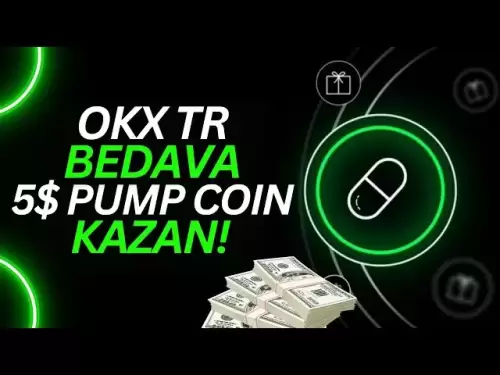-
 Bitcoin
Bitcoin $117400
-0.46% -
 Ethereum
Ethereum $3768
0.60% -
 XRP
XRP $3.551
2.09% -
 Tether USDt
Tether USDt $1.000
0.00% -
 Solana
Solana $203.2
11.30% -
 BNB
BNB $770.9
1.92% -
 USDC
USDC $0.9999
0.01% -
 Dogecoin
Dogecoin $0.2709
-0.02% -
 Cardano
Cardano $0.9024
4.49% -
 TRON
TRON $0.3139
0.60% -
 Hyperliquid
Hyperliquid $45.60
-1.41% -
 Stellar
Stellar $0.4730
-1.34% -
 Sui
Sui $4.025
2.15% -
 Chainlink
Chainlink $19.79
2.19% -
 Hedera
Hedera $0.2724
-2.39% -
 Avalanche
Avalanche $25.93
3.05% -
 Bitcoin Cash
Bitcoin Cash $524.0
-1.83% -
 Shiba Inu
Shiba Inu $0.00001558
0.50% -
 Litecoin
Litecoin $116.7
-0.30% -
 UNUS SED LEO
UNUS SED LEO $8.996
0.00% -
 Toncoin
Toncoin $3.334
1.83% -
 Polkadot
Polkadot $4.506
0.34% -
 Uniswap
Uniswap $10.99
4.83% -
 Ethena USDe
Ethena USDe $1.001
0.03% -
 Pepe
Pepe $0.00001461
3.17% -
 Monero
Monero $320.3
-1.01% -
 Bitget Token
Bitget Token $4.935
0.36% -
 Dai
Dai $0.9998
0.00% -
 Aave
Aave $322.4
-1.25% -
 Bittensor
Bittensor $455.6
9.33%
Why was my position liquidated?
Liquidation in crypto trading happens when your leveraged position is auto-closed due to insufficient margin, often caused by high leverage or sharp price moves—check your exchange’s “LIQ Price” to monitor risk. (154 characters)
Jul 22, 2025 at 12:07 pm
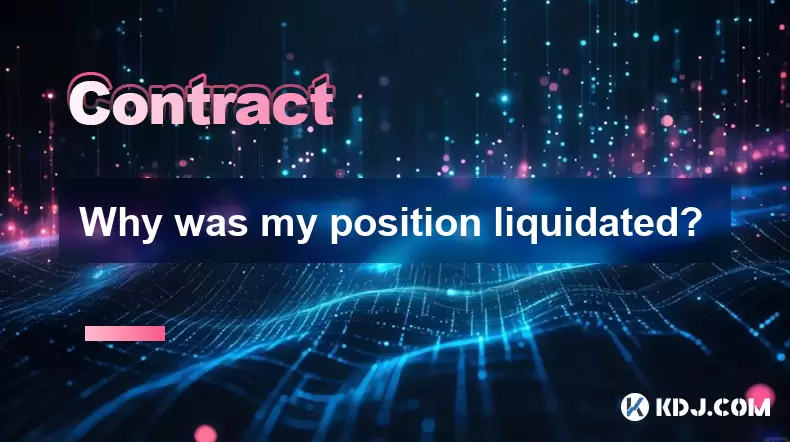
Understanding Liquidation in Crypto Trading
Liquidation in cryptocurrency trading occurs when your position is automatically closed by the exchange due to insufficient margin to maintain the trade. This typically happens in leveraged trading, where you borrow funds to increase your exposure. If the market moves against your position and your equity falls below the maintenance margin requirement, the system triggers a liquidation. This is not a manual action by the exchange but an automated risk management mechanism. It ensures that neither you nor the platform incurs further losses beyond what’s deposited.
Common Causes of Position Liquidation
Several factors can lead to liquidation:
- Sharp price volatility that moves quickly against your position
- High leverage usage, which amplifies both gains and losses
- Insufficient account balance to cover unrealized losses
- Lack of stop-loss orders or improper placement
Each of these elements can act independently or in combination. For example, using 50x leverage on a volatile asset like SOL or DOGE dramatically increases the chance of liquidation even with small price swings.How to Check Your Liquidation Price
Most exchanges display your liquidation price in the position details section. To find it: - Navigate to your active positions tab
- Click on the specific trade
- Look for a field labeled “Liquidation Price” or “LIQ Price”
This price is calculated based on your entry price, leverage, fees, and current mark price. If the mark price (the fair market value used by the exchange) hits this level, your position will be closed. You can also manually calculate it using the formula:Liquidation Price = Entry Price × (1 - Initial Margin Rate / Leverage)for long positions.
For short positions, use:Liquidation Price = Entry Price × (1 + Initial Margin Rate / Leverage).Steps to Avoid Liquidation
To reduce the risk of being liquidated: - Use lower leverage — 2x to 10x is safer than 20x+
- Maintain a healthy margin balance — keep extra funds in your wallet for unexpected dips
- Set stop-loss orders strategically — place them just above key support levels for longs, below resistance for shorts
- Monitor open positions frequently — especially during high volatility events like macroeconomic news or token unlocks
- Enable partial liquidation settings if available — some platforms allow partial closure instead of full wipeout
What Happens After Liquidation?
Once liquidated, your position is fully closed at the market price. The system uses your margin to cover the loss. You do not owe additional funds unless you’re on a cross-margin account with negative balance protection disabled. Some exchanges offer auto-deleveraging (ADL), where profitable traders are matched to take over your position — this only happens in extreme scenarios. After liquidation, review your trade log to see the exact time, price, and reason for closure. This helps avoid repeating the same mistake.How to Recover from a Liquidated Position
Recovery starts with analyzing the cause: - Was the leverage too high?
- Did you ignore market signals?
- Was your stop-loss too tight or too loose?
Document each trade including rationale, entry/exit points, and emotional state. Many traders liquidate due to emotional decisions like holding losing positions too long or revenge trading. Consider paper trading or using demo accounts to rebuild discipline. Never increase leverage to recover losses — this often leads to repeated liquidations.FAQs
Q: Can I get my funds back after liquidation?
No. Once liquidated, the margin used to open the position is lost. The exchange uses it to cover the loss from closing your trade at market price. There is no recovery process for liquidated funds.Q: Why did my position liquidate even though the price didn’t reach my stop-loss?
Stop-loss orders and liquidation are separate mechanisms. A stop-loss is a user-defined exit point, while liquidation is enforced by the exchange based on margin levels. If the mark price (not the last traded price) hits your liquidation level, the system acts regardless of your stop-loss setting.Q: Does liquidation happen instantly or gradually?
It depends on the exchange. Some use partial liquidation where a portion of your position is closed first. Others trigger full liquidation immediately when the threshold is breached. Check your platform’s liquidation policy under risk management settings.Q: Is liquidation the same across all exchanges?
No. Each exchange calculates liquidation price differently based on their risk engine, funding rates, and insurance funds. Binance, Bybit, and OKX may show different liquidation prices for the same trade parameters. Always test on one platform before scaling.
Disclaimer:info@kdj.com
The information provided is not trading advice. kdj.com does not assume any responsibility for any investments made based on the information provided in this article. Cryptocurrencies are highly volatile and it is highly recommended that you invest with caution after thorough research!
If you believe that the content used on this website infringes your copyright, please contact us immediately (info@kdj.com) and we will delete it promptly.
- BlockchainFX, PEPE, and USDT: What's the Buzz in the Crypto Jungle?
- 2025-07-22 18:50:12
- Ripple's RLUSD: Institutional Backing Fuels Stablecoin Ascent
- 2025-07-22 18:30:12
- Dogecoin, AI Coins, and the Future of Crypto: What's the Hype?
- 2025-07-22 18:30:12
- Weak Passwords, Hackers, and Company Breaches: A Tech Expert's Wake-Up Call
- 2025-07-22 18:50:12
- Jito Labs' BAM on Solana: A New Era for DeFi or Just Hype?
- 2025-07-22 18:55:13
- Web3 Applications: Delivering Tangible Value in the Real World
- 2025-07-22 16:50:12
Related knowledge
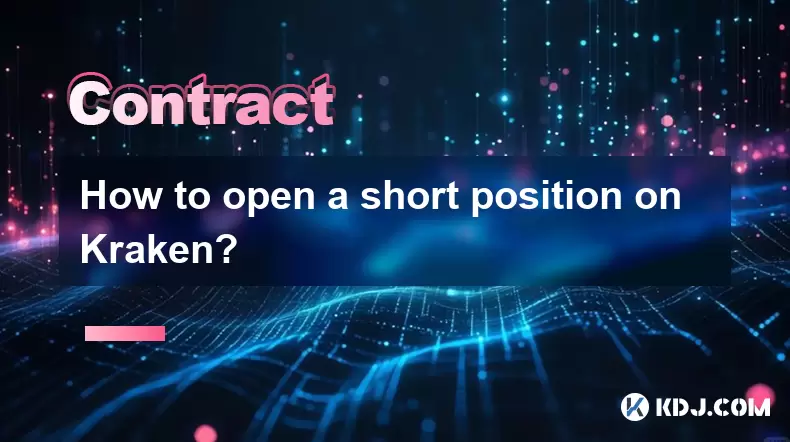
How to open a short position on Kraken?
Jul 22,2025 at 05:00pm
Understanding Short Positions in CryptocurrencyA short position allows traders to profit from a decline in the price of an asset. On Kraken, this is p...
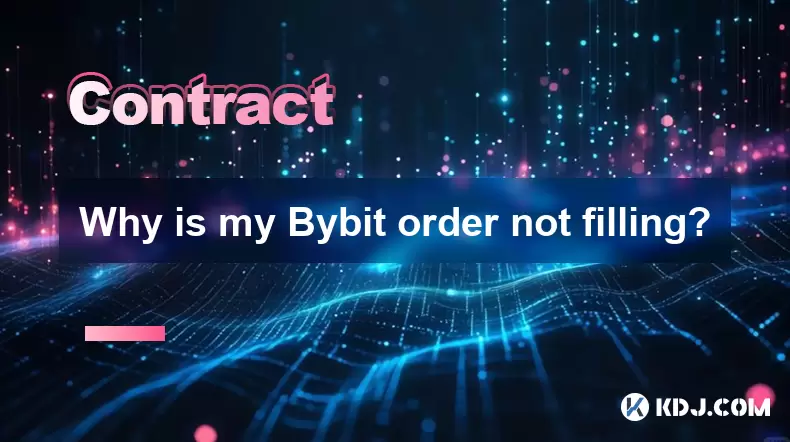
Why is my Bybit order not filling?
Jul 22,2025 at 03:50pm
Understanding Order Types on BybitWhen your Bybit order isn’t filling, the first step is to verify the order type you selected. Bybit offers several t...
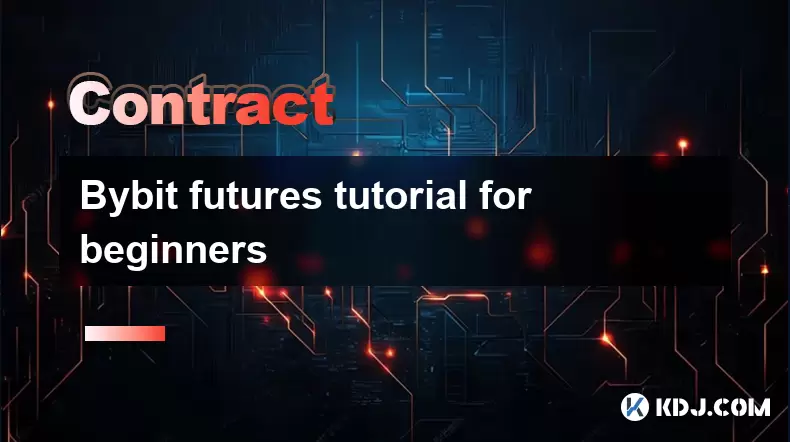
Bybit futures tutorial for beginners
Jul 22,2025 at 04:49pm
Understanding Bybit Futures: What Are They?Bybit futures are derivative contracts that allow traders to speculate on the future price of cryptocurrenc...
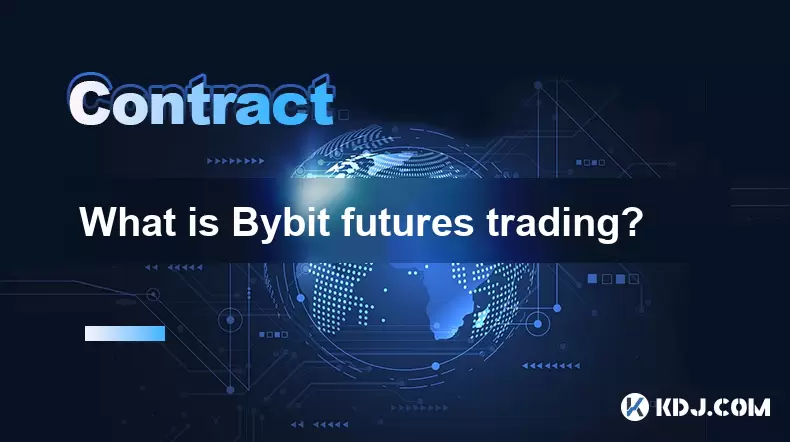
What is Bybit futures trading?
Jul 22,2025 at 04:14pm
Understanding Bybit Futures TradingBybit futures trading refers to the process of buying and selling futures contracts on the Bybit exchange, a platfo...
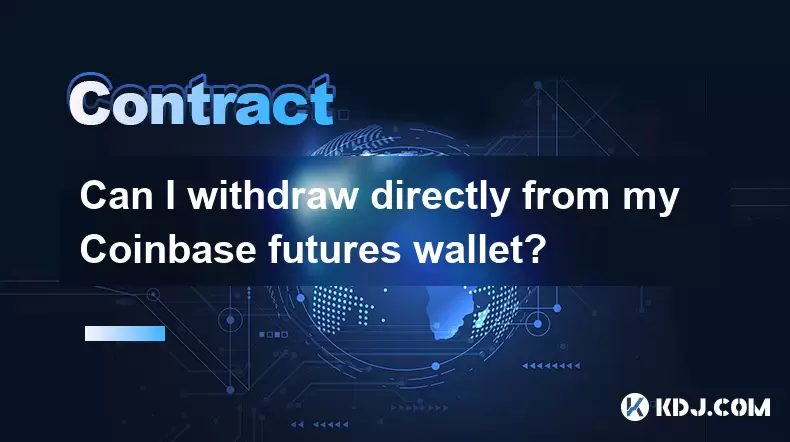
Can I withdraw directly from my Coinbase futures wallet?
Jul 22,2025 at 02:14pm
Understanding Coinbase Futures WalletsCoinbase does not currently offer a dedicated futures wallet within its standard Coinbase app or platform. Futur...
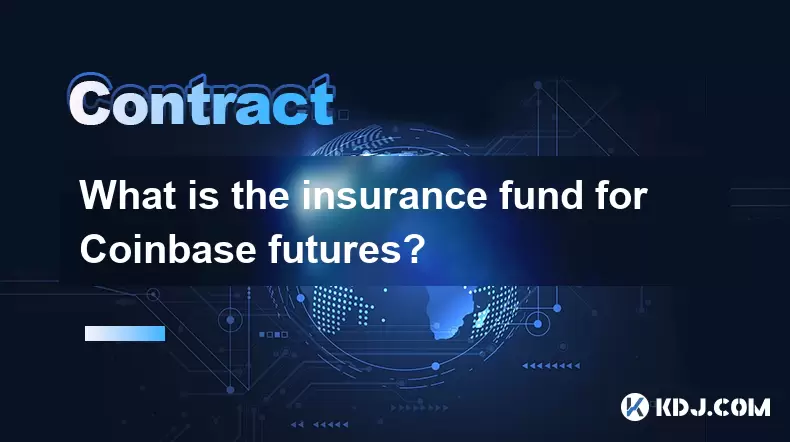
What is the insurance fund for Coinbase futures?
Jul 22,2025 at 06:22pm
Understanding the Insurance Fund MechanismThe insurance fund on Coinbase Futures serves as a financial backstop designed to prevent losses for profita...

How to open a short position on Kraken?
Jul 22,2025 at 05:00pm
Understanding Short Positions in CryptocurrencyA short position allows traders to profit from a decline in the price of an asset. On Kraken, this is p...

Why is my Bybit order not filling?
Jul 22,2025 at 03:50pm
Understanding Order Types on BybitWhen your Bybit order isn’t filling, the first step is to verify the order type you selected. Bybit offers several t...

Bybit futures tutorial for beginners
Jul 22,2025 at 04:49pm
Understanding Bybit Futures: What Are They?Bybit futures are derivative contracts that allow traders to speculate on the future price of cryptocurrenc...

What is Bybit futures trading?
Jul 22,2025 at 04:14pm
Understanding Bybit Futures TradingBybit futures trading refers to the process of buying and selling futures contracts on the Bybit exchange, a platfo...

Can I withdraw directly from my Coinbase futures wallet?
Jul 22,2025 at 02:14pm
Understanding Coinbase Futures WalletsCoinbase does not currently offer a dedicated futures wallet within its standard Coinbase app or platform. Futur...

What is the insurance fund for Coinbase futures?
Jul 22,2025 at 06:22pm
Understanding the Insurance Fund MechanismThe insurance fund on Coinbase Futures serves as a financial backstop designed to prevent losses for profita...
See all articles

























